Since dance studios don’t fall into the category of “essential services,” many of them closed because of local shutdown requirements for the COVID-19 pandemic. Now that states and cities are relaxing limitations on businesses, many dance studios can once again open their doors. But a dance studio reopening means that staff and dancers must implement new safety practices to reduce the potential risk of spreading the virus.
Regardless of the dance style, in-studio classes often require close contact among participants, which is why precautions are essential. With the right dance studio reopening strategy, it’s possible to enjoy the beat of the music and maintain the highest levels of safety at the same time. Follow these tips to safely reopen your studio and minimize potential health threats.
Attendance confirmations
Because of limited space, dance studios must restrict the number of people who can participate in each class. Social distancing means that you need to adjust capacity guidelines so dancers have room to spread out in the classroom.
The simplest way to limit the number of people in the studio is requiring participants to confirm their attendance online. Using online forms makes it easy for you to implement a reservation process and collect confirmations.
For example, you can use a Jotform template for your dance class registration form. Not only does this form confirm the person’s attendance in the class, but it also assesses the dancer’s potential risk of exposure to or infection with COVID-19.
Requiring preregistration reduces the chances of the studio turning dancers away due to space limitations. Having a headcount for each dance class ensures that staff is ready for the group, and it helps you meet local guidelines for group gatherings.
Social activities at the studio
Dancers not only enjoy the music and movement of a dance class but also the social interaction. After a long time away from the studio, it’s only natural for people to feel excited about seeing their friends and colleagues. While it’s important to foster a sense of community, studios should encourage people to avoid lingering in the lobby and common areas.
One strategy you can use is to keep the entrance doors locked between classes. Open the doors fifteen minutes before class begins and post signs in the lobby to encourage people to move to their studio right away.
Also, provide clear instructions for social distancing and safety practices. After class is over, ask people to leave the studio instead of lingering. Some dance studios are providing outdoor chairs and tables where dancers can cool down and socialize in a safe setting.
Self-check health forms
All staff members and dancers should complete self-check questionnaires before coming to class. Asking about COVID-19 symptoms and exposure will help you limit the risk of an infected person bringing the virus into the studio. You can use this online COVID-19 screening form for employees and dance instructors, and this general COVID-19 screening form template for class participants.
All screening forms are customizable, allowing you to ask the most important questions regarding
- COVID-19 symptoms
- Contact with other people who have COVID-19
- COVID-19 test results
- Recent travel
Each participant should submit a new COVID-19 screening form before every class. Any dancer or staff member with COVID-19 — or anyone who has been in contact with someone who has tested positive — should wait for two weeks before attending classes in the studio.
Cleaning and sanitation practices
Not only do dancers need to clean their hands upon arrival, but everyone should wear masks in the common areas of the studio. Provide sanitizer in the lobby as well as in the dance space. Implement a system for checking the temperature of each person when they arrive at the studio.
You must complete a thorough cleaning after every dance class. Focus on the high-touch areas in the studio. Common places where the virus might spread include ballet barres, dance accessories, door handles, bathrooms, light switches, audio equipment, water fountains, and countertop surfaces.
Release of liability waivers
Every participant should also fill out a COVID-19 release of liability waiver. This form requires respondents to acknowledge the possibility of COVID-19 exposure due to close contact with other dancers and to release the studio of liability.
Dancers must complete these waivers before they return to the studio for class. Implement a policy to require a completed waiver for every new dancer who joins the studio. Online forms make filling out waivers and keeping records of who has and hasn’t filled out a waiver easy.
Specific dance studio reopening guidelines vary based on local requirements. Regardless of local limitations, every dance studio must be proactive about implementing safe practices for their staff members and dancers. Maintaining distance and sanitation as well as using online forms can simplify the new system. With a proactive approach, it’s possible to resume classes and minimize the risk of illness at the same time.







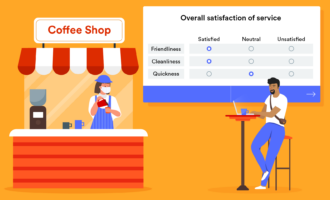


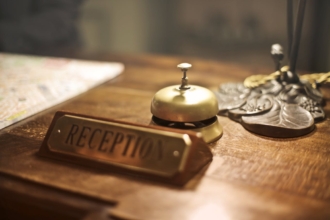


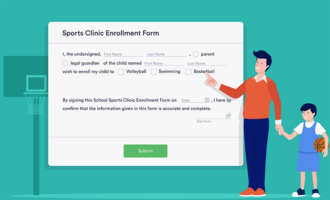
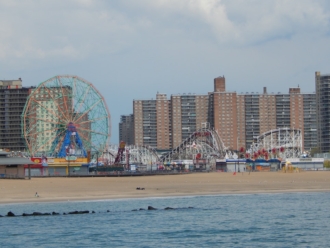




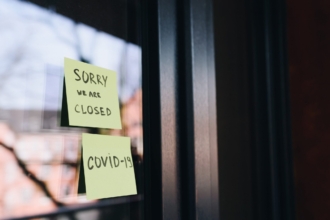
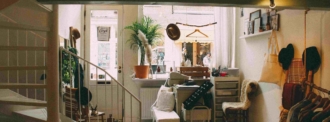

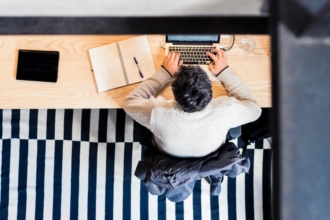

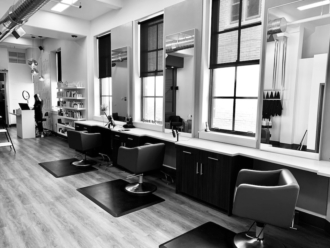

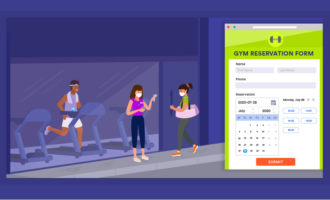

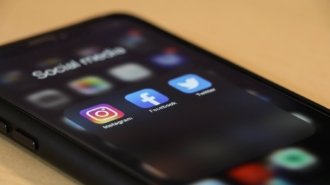



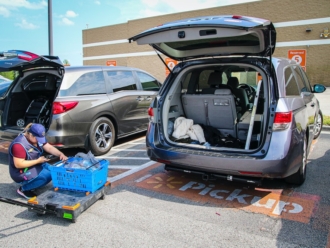
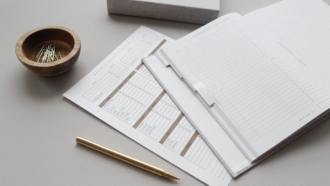
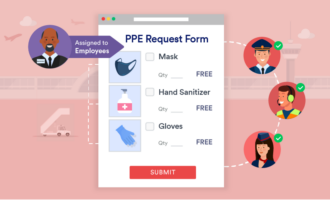

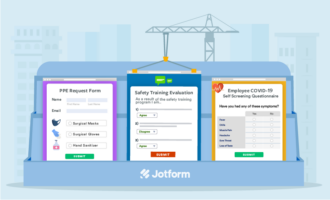

Send Comment: